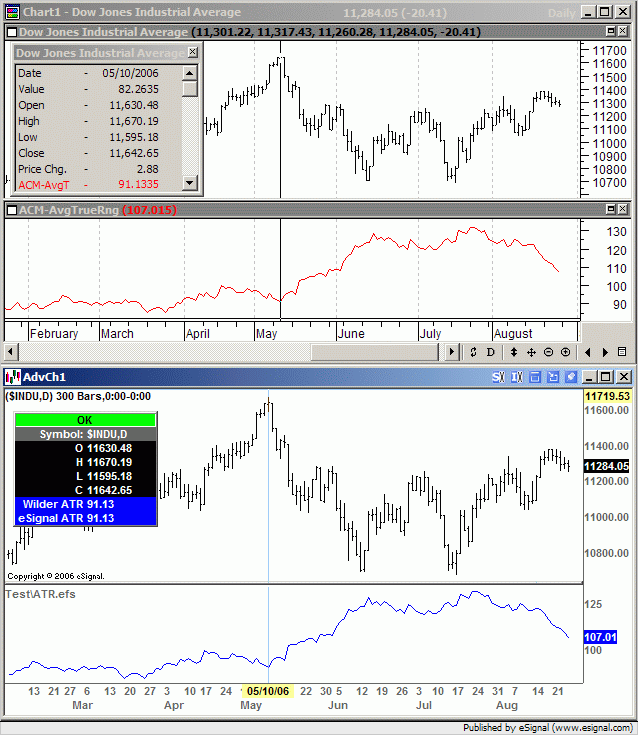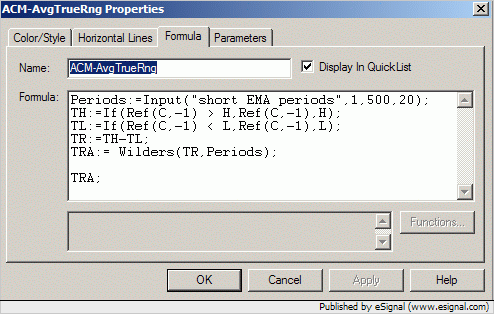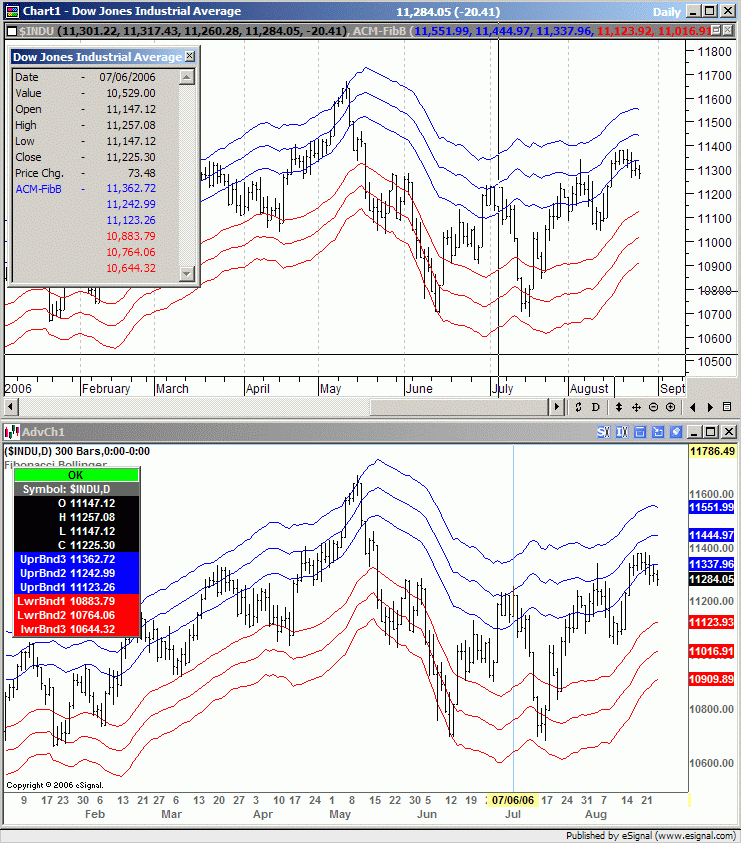Re: Smoothed Moving Average
Inside that code is how WILDER'S SMOOTHS!!
Originally posted by Jharvey407
Yes buzz, I did see that.
I am not sure what your point is though, as I have stated repeatedly, I am looking for the formula for the
Smoothed Moving Average
and what you have directed me too is a smoothed RSI.
Yes buzz, I did see that.
I am not sure what your point is though, as I have stated repeatedly, I am looking for the formula for the
Smoothed Moving Average
and what you have directed me too is a smoothed RSI.




Comment